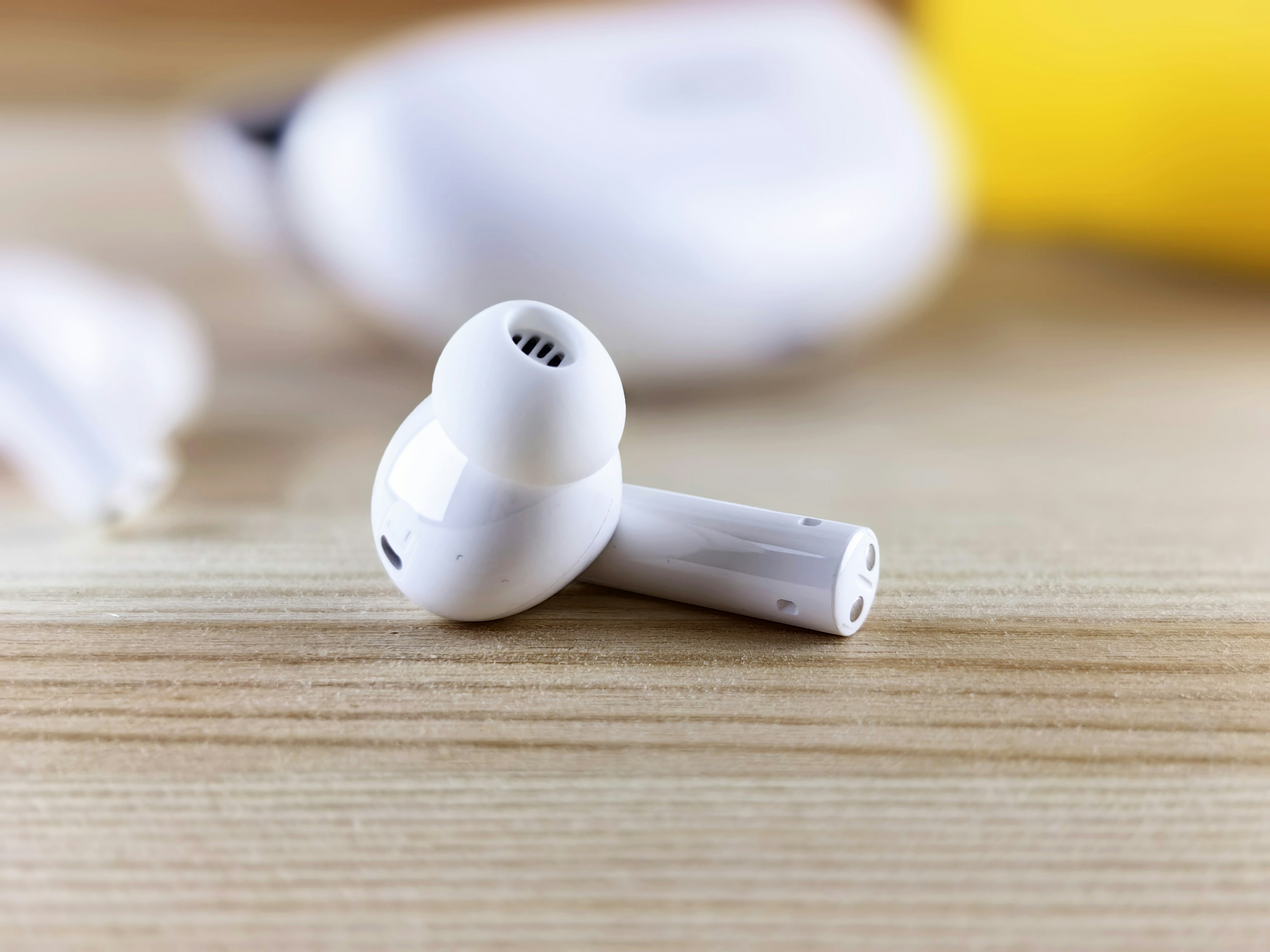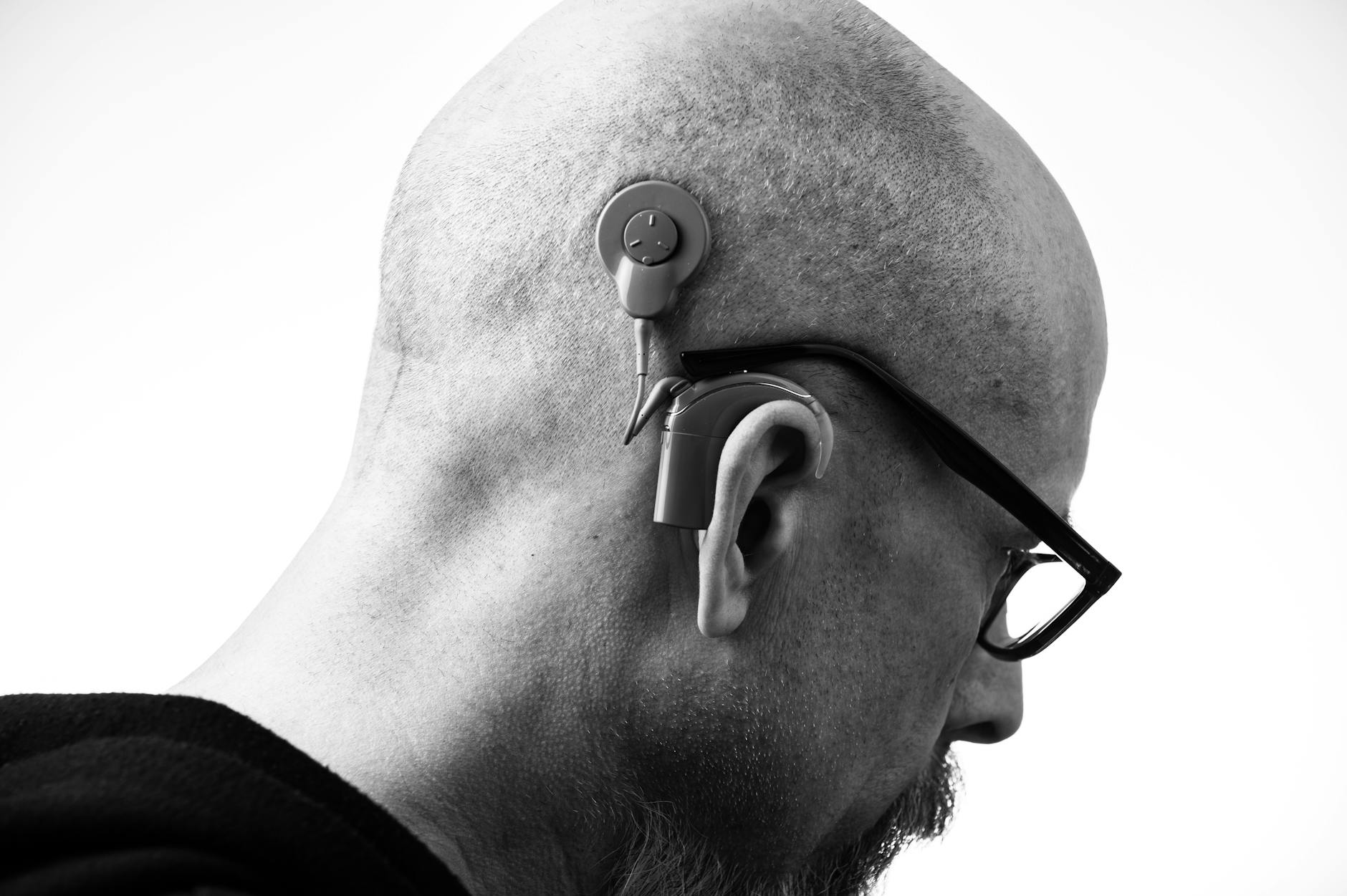You pass the hearing test, but dinner with friends still feels like decoding a secret language. You’re not imagining it. A growing body of research suggests some people have damage where ear cells connect to the hearing nerve—changes that traditional hearing tests don’t catch. It’s called “hidden hearing loss,” and while scientists are still debating the details, the practical steps you can take today are clear.
The Big Idea: Your Ears Can Look Fine on Paper and Still Work Harder in Noise
Standard hearing tests (the beeps in a quiet booth) measure the softest sounds you can detect. They do not measure how well your auditory system handles complexity—like pulling a voice from clinking dishes and background chatter. That skill depends heavily on crisp connections between your inner ear (the cochlea) and the auditory nerve. When those microscopic synapses fray, you can keep your “thresholds” yet lose clarity in noisy spaces.
Think of it like Wi‑Fi. You might show full bars (normal thresholds), but the connection keeps glitching when multiple devices stream at once (noisy restaurants). The signal is there—it’s just not robust.
Under the Hood: Synapses, Not Just Hair Cells
Inside the cochlea, sound is converted into electrical signals by inner hair cells. Those cells talk to the auditory nerve through ribbon synapses—tiny handshakes that pass the message along. Damage to these synapses (cochlear synaptopathy) can reduce the number of nerve fibers communicating, especially the high-threshold fibers that carry sound in challenging, loud, or complex scenes.
The Animal Studies That Sparked the Field
In landmark mouse studies, researchers exposed animals to noise that caused only “temporary” changes in hearing sensitivity. The audiogram recovered, but synapses between hair cells and nerve fibers did not. Weeks to months later, the animals had fewer neural connections despite normal thresholds. This suggested lasting neural consequences that classic tests could miss.
What About Humans? Clues—and Controversies
In people, we can’t sample cochleas under a microscope, so we rely on indirect measures. Some groups with heavy lifetime noise exposure (e.g., loud music, machinery) show subtle signs: reduced electrical responses from the auditory nerve, worse performance on speech-in-noise tasks, or diminished reflexes even when pure-tone thresholds are normal. Others don’t show clear differences. Measurement methods vary, and individual susceptibility differs.
Translation: hidden hearing loss is a strong hypothesis with growing evidence, but it’s not a finished story. What’s not debated is your lived experience—if noise wrecks your conversations, you deserve tools that help now.
Beyond the Basic Hearing Test: What to Ask For
A thorough workup can move past pass/fail beeps. Ask an audiologist about these assessments. Some are clinical; others live mostly in research labs. Even a subset can be revealing.
- Speech-in-noise testing: QuickSIN, WIN, BKB-SIN, or HINT measure how much louder a voice must be versus background for you to understand it. This often pinpoints the gap you feel in real life.
- Extended high-frequency audiometry (9–16 kHz): Early damage can hide above 8 kHz, beyond standard testing. If these are reduced, it can predict difficulties in challenging listening.
- Distortion-product otoacoustic emissions (DPOAEs): These check outer hair cell function. Normal DPOAEs with trouble-in-noise might nudge suspicion toward synaptic or neural issues instead of hair cell loss.
- Acoustic reflexes (MEMR): Weakened reflexes in the presence of normal thresholds have been linked in some studies to synaptopathy.
- Auditory brainstem response (ABR): Researchers look at the amplitude of early waves (especially wave I) as a proxy for nerve fiber output. Smaller wave I with normal hearing can be a clue—but interpretation is nuanced.
- Envelope-following response (EFR): A research tool indexing how faithfully the auditory system tracks rapid modulations in sound. Not typically clinical yet.
Not every clinic offers all of these, and that’s okay. Even adding speech-in-noise testing and extended highs to your standard audiogram can guide better strategies.
What You Can Do Now (Evidence-Informed and Practical)
1) Protect the synapses you have
- Manage noise dose: If you need to raise your voice at arm’s length, it’s likely too loud. Limit time, increase distance, and lower volume when you can.
- Use quality earplugs or earmuffs: Musicians’ earplugs keep music natural but safer. For power tools or stadiums, aim for NRR 20–30 products.
- Track exposure: Many phones and watches estimate headphone levels; consider a basic dosimeter app for concerts or work sites.
- Give your ears breathers: Quiet breaks help reduce cumulative stress on synapses.
2) Improve the signal-to-noise ratio (SNR) in your daily life
- Positioning is powerful: Face the talker, put noise behind you, and choose seats with your back to the room.
- Shape your space: Soft furnishings, curtains, and wall panels reduce reverberation. In restaurants, ask for a corner booth or patio.
- Use tech strategically: Directional microphones, beamforming modes, and remote microphones (clip-on mics or table mics) can dramatically lift voices above noise—even if your audiogram is normal.
- Leverage modern earbuds/hearing devices: Some earbuds offer conversation or transparency modes with noise control. A remote mic paired to hearing aids or hearables often provides the biggest boost.
3) Train the system
- Auditory training: Structured programs (e.g., clinician-guided or app-based) can build up listening-in-noise skills and working memory that supports comprehension.
- Pace the hardest listening: Alternate challenging conversations with easier tasks to curb fatigue.
4) Support overall auditory-brain health
- Cardiometabolic basics: Good blood pressure, exercise, sleep, and not smoking support the inner ear and brain circuits involved in hearing.
- Medication review: Some drugs can stress hearing. Never stop a medication on your own—ask your clinician whether alternatives exist if you’re concerned.
Can Hearing Aids Help If Your Audiogram Is “Normal”?
Sometimes. If speech-in-noise testing shows a clear deficit, certain technologies can help even when you don’t need “volume.” Here’s what to discuss with a professional:
- Directional processing and beamforming: Focuses on sounds in front of you, reducing side and rear noise.
- Remote microphones: A tiny mic worn by your conversation partner and streamed to your ears can transform understanding in loud places. This is often the single most effective tool.
- Mild, frequency-specific gain: Even small, carefully verified adjustments can improve clarity for some listeners, especially with extended high-frequency dips.
- Personal sound amplification products (PSAPs) and hearables: When thoughtfully tuned and verified by a professional, some can provide directional and streaming benefits at lower cost. Quality varies widely, so a guided trial helps.
Key point: fitting should be grounded in objective measures (like your speech-in-noise scores) and real-ear verification when gain is used. If you try devices, insist on a trial period in your real-world listening spots.
Where the Science Is Heading
Researchers are pursuing two big paths: better detection and biological repair.
- Sharper diagnostics: More robust, clinic-ready versions of neural measures (ABR/EFR variants, refined reflex metrics) could help confirm synaptopathy in individuals and guide tailored care.
- Neuroprotection and regeneration: In animals, boosting neurotrophins (like NT‑3) can regrow synapses after noise. Translating that to humans safely is an active frontier. Meanwhile, clinical trials are testing strategies to prevent or limit neural damage after loud exposures or ototoxic drugs.
A reality check: No proven pill or supplement reverses hidden hearing loss today. Be skeptical of products promising to “cure” hearing in noise. Invest instead in protection, smart tech, and skilled fitting—things that reliably improve day-to-day life.
When to See a Pro (and What to Ask)
If any of these sound familiar, it’s worth a consult with an audiologist:
- You avoid restaurants because you can’t follow conversations.
- You’re wiped out after meetings even though you “hear the sounds.”
- You have tinnitus and normal thresholds but struggle in noise.
- You have a history of loud music, machinery, or firearm exposure.
Ask for:
- Speech-in-noise testing (e.g., QuickSIN) and counseling based on your score.
- Extended high-frequency audiometry and DPOAEs if available.
- Discussion of remote mics or directional solutions you can trial in your toughest settings.
- A plan to monitor changes over time and protect against further noise dose.
You’re not asking for a diagnosis you don’t have—you’re asking for the measurements and tools that match how you really listen. That’s smart hearing care.
The Bottom Line
Hidden hearing loss reframes a common experience: normal-beeps-in-quiet doesn’t always equal easy hearing in the real world. Whether your challenge stems from synapses, subtle outer hair cell changes, or central processing, there’s plenty you can do. Protect your ears, measure what matters (speech in noise), and use tech that boosts the signal you care about—the human voice.
If this sounds like you, consider booking with an audiologist who offers speech-in-noise testing and real-world trials. Your conversations are too important to leave to chance.
Further Reading
- Sleep Apnea and Your Hearing: The Hidden Connection You Shouldn’t Ignore (Research) - When the Audiogram Says “Normal” But You’re Still Struggling: A Guide to Hidden Hearing Loss and Listening Fatigue (Hearing Loss) - After a Concussion, Why Your Ears Struggle: The Auditory Side of Mild TBI (Research) - Long COVID and Your Hearing: What We Know (and What to Do Next) (Research)Frequently Asked Questions
Is hidden hearing loss a real diagnosis?
Hidden hearing loss describes research findings—especially cochlear synapse damage—that may not show up on a standard audiogram yet can affect hearing in noise. It isn’t a formal clinical diagnosis with a single definitive test. Still, many people with normal thresholds have measurable difficulty on speech-in-noise tests. That’s actionable, regardless of the exact label.
What tests should I ask for if I hear poorly in noise but pass the audiogram?
Ask an audiologist about speech-in-noise testing (e.g., QuickSIN, WIN, HINT), extended high-frequency audiometry, and otoacoustic emissions. Some clinics may also assess acoustic reflexes. Advanced neural measures like ABR wave I or EFR are often research tools, but your clinician can advise on availability and relevance.
Can hearing aids help if my hearing is normal?
They can in specific situations. Directional microphones and remote microphones often deliver the biggest gains in noisy places. Some people benefit from mild, precise amplification for clarity. Work with a professional to trial options in your real-world environments and verify settings. A remote mic paired to hearing aids or hearables is frequently the game-changer.
Will hidden hearing loss get worse over time?
Risk depends on ongoing noise exposure, overall health, and individual susceptibility. You can lower risk by managing noise dose, using quality hearing protection, and staying on top of cardiovascular and sleep health. Regular check-ins with an audiologist help track changes and adjust strategies early.



